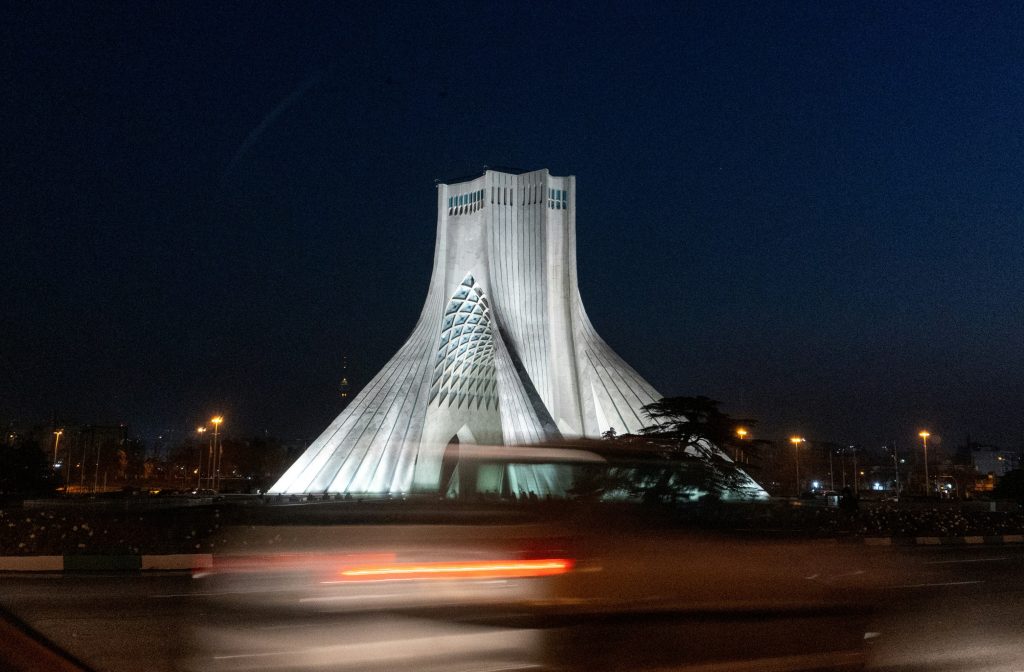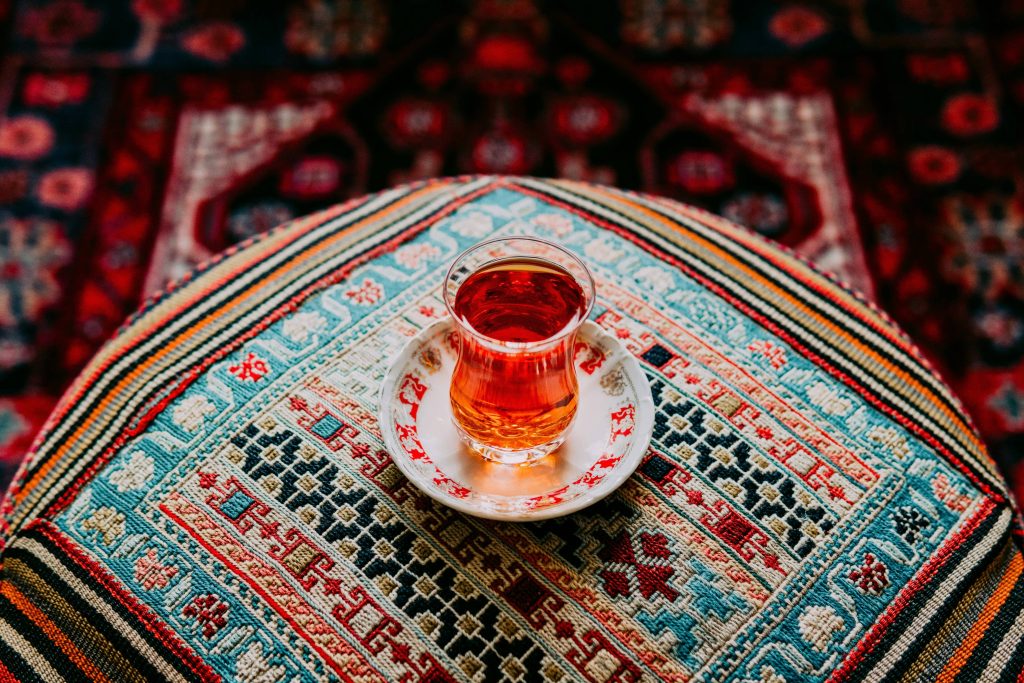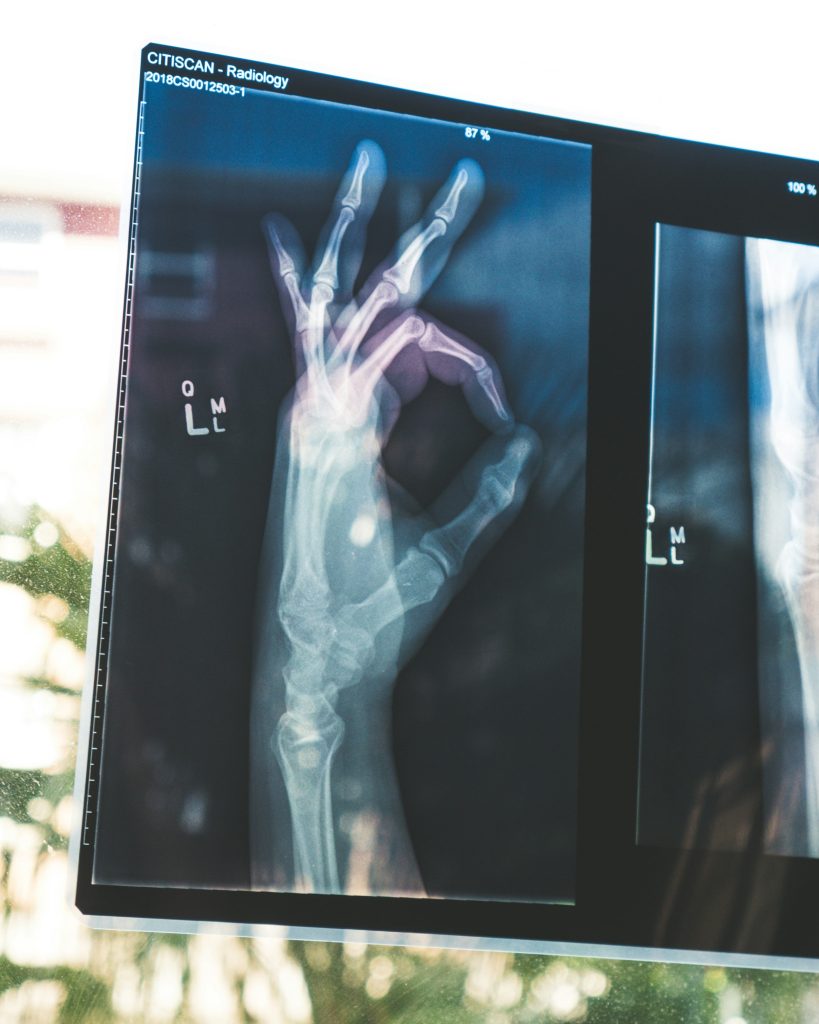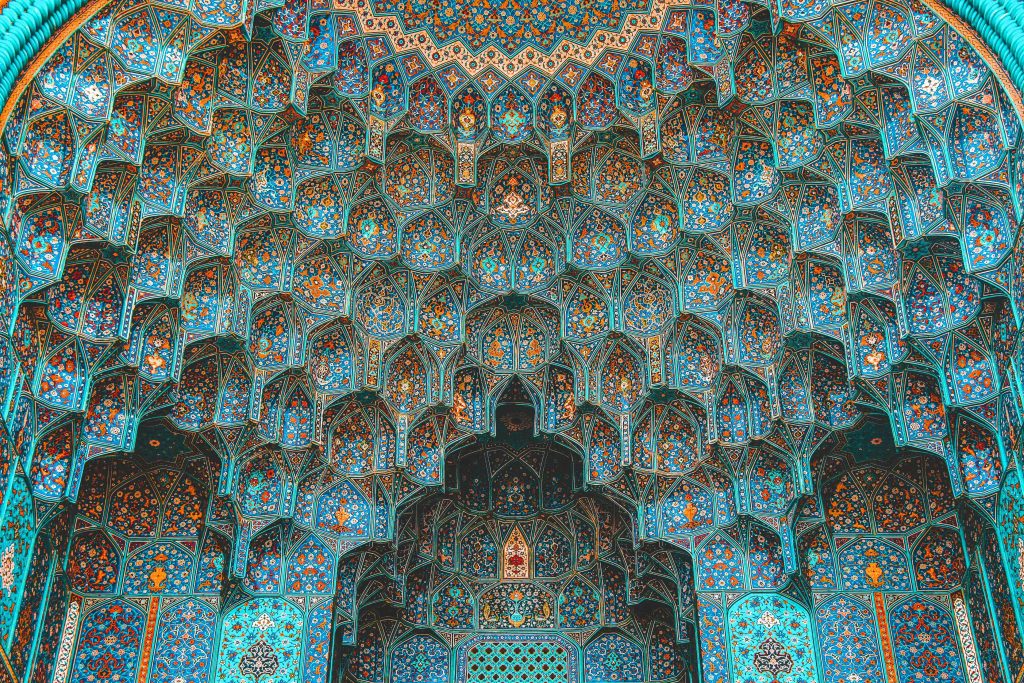- Home
- Pages
- Tour Search
- Date & Pricing
- Portfolio Grid
- Portfolio Masonry
- Portfolio Modern
- Portfolio Side Thumbnail
- Single Posts
- Standard Post Format
- Custom Layout 1
- Custom Layout 2
- Custom Layout 3
- Aside Post Format
- Audio Post Format
- Gallery Post Format
- Image Post Format
- Link Post Format
- Quote Post Format
- Video Post Format




